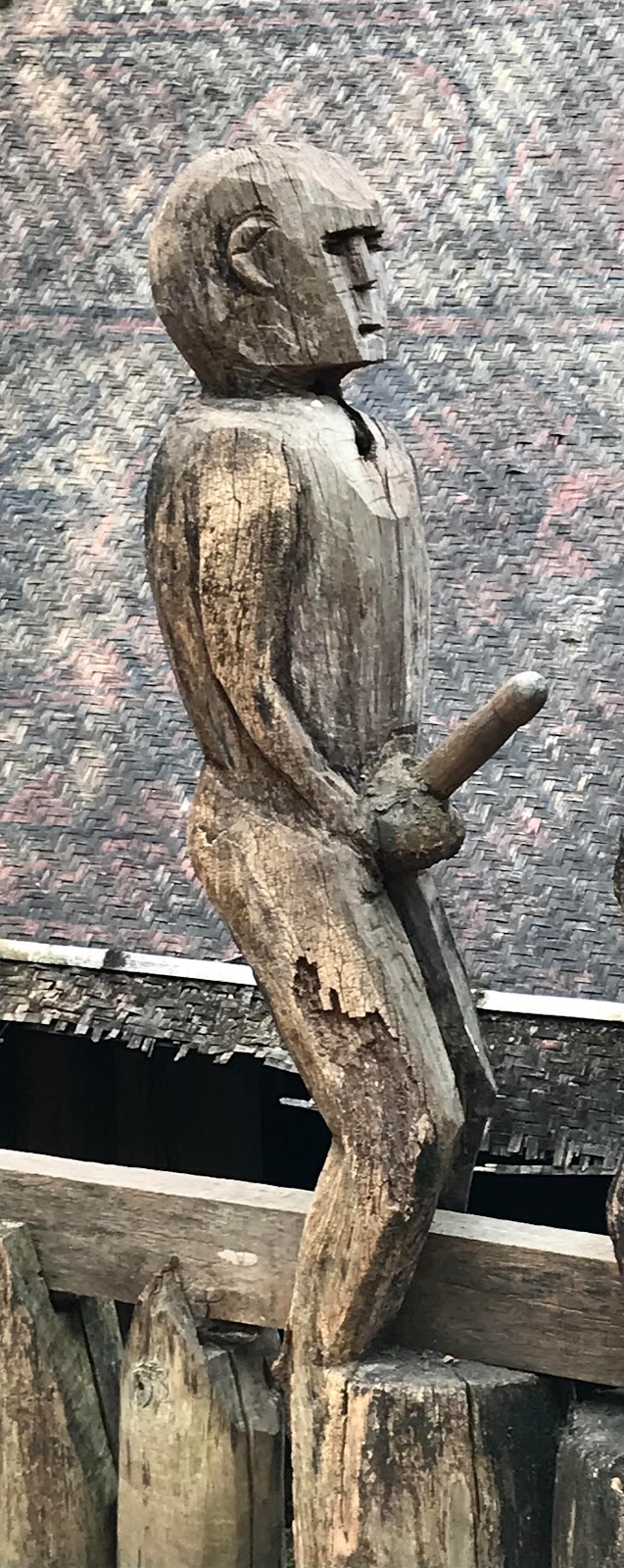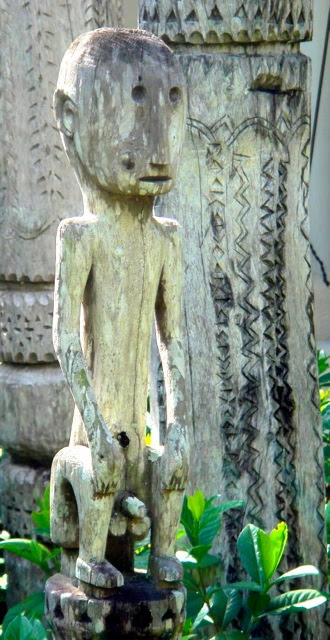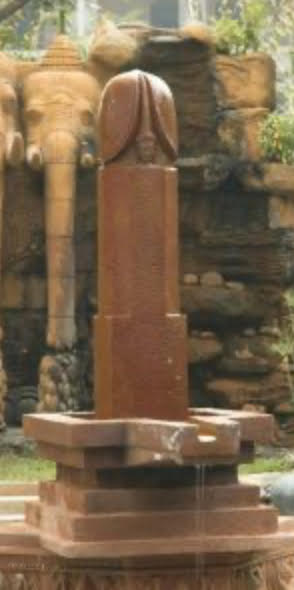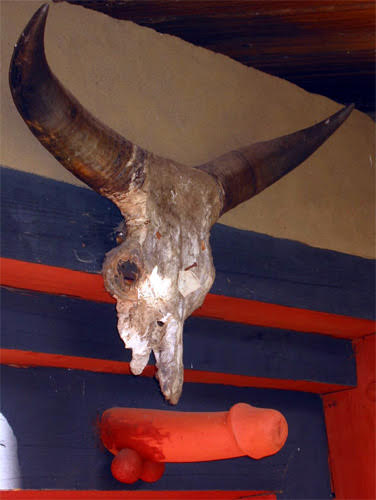I've been free of chronic intense pain since a hip replacement in 2009. Until about a week and a half ago.
A stiff neck one morning intensified by midnight into pain severe enough it woke me and kept me awake, walking the floor and eventually waking my husband in panic. Finally I found the one position that seemed to alleviate it. A visit to the emergency room the next day. Then two days later, because of the underlying crappy state of my spine, an MRI. A week from now, an appointment with the spinal surgeon who's kept track of me now for over fourteen years.
Ten days into the current adventure, I find myself drawing on the wisdom of Buddhism. In short: make friends with the pain. Accept the pain as a teacher you never asked for.
I'm not suggesting this is always possible. But taking the pain as an object of scrutiny, I can move toward understanding it as my own share of the pain--the general pain of being an enfleshed consciousness. In other words, the common lot of all humans, and beyond that, of all sentient beings. It's possible to understand it as "the price of the ticket." Or as Annie Dillard would put it, "what's sauce for the goose is sauce for the cancer cell." Joy, energy, agility are profoundly human experiences. So are sorrow, grief, illness, and pain, both physical and emotional.
It's possible to stop living in denial of this fundamental truth: that at some point in your life, you'll likely endure significant sustained pain. And eventually, you'll die. It's possible to face the pain not only as a reminder of the real nature of life in a body--not always buff, not always horny, not always strong, not always agile--but as a path into growing compassion for the suffering of others, as an entrance into solidarity with their pain.
It feels a little odd to be saying all this in the middle of the Christian season of Easter. Except that the Risen Christ appears still bearing the wounds of a horrible death. Resurrection happens not as an end-run around suffering, but straight through the middle of it. There's no choice between death and resurrection. Easter is an invitation to reframe suffering, not to escape it.
I'm being a little bit of a drama queen here. What I've experienced the last ten days is hardly sustained agony. Most of the last week, I've been capable of going about a relatively normal routine. But the deal is, we're all on a continuum. There's no reassuringly sharp boundary between the well and the unwell, the able-bodied and the disabled. We act like there is, and we cordon off disability, weakness, illness, and aging as though they had nothing to do with the way the able-bodied, the strong, the healthy, the young live their lives. We accept and celebrate only strength, youth, beauty. We fall, in other words, into a kind of "body fascism," as Brian Pronger put it in his last book before his catastrophic illness, sustained disability, and death.
As the Buddha would tell us, all life is shot through with pervasive dissatisfaction, and the cure for pervasive dissatisfaction is non-attachment. As Jesus would tell us, when we try saving our life--when we can't let go of what we think our life should be like--we lose it by refusing to accept it with at least some degree of gratitude as it actually unfolds. When we take the uninvited discomfort of life as something we share with all flesh, we're capable of transforming it, at least sometimes, into a flicker of insight and freedom.


















